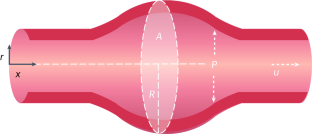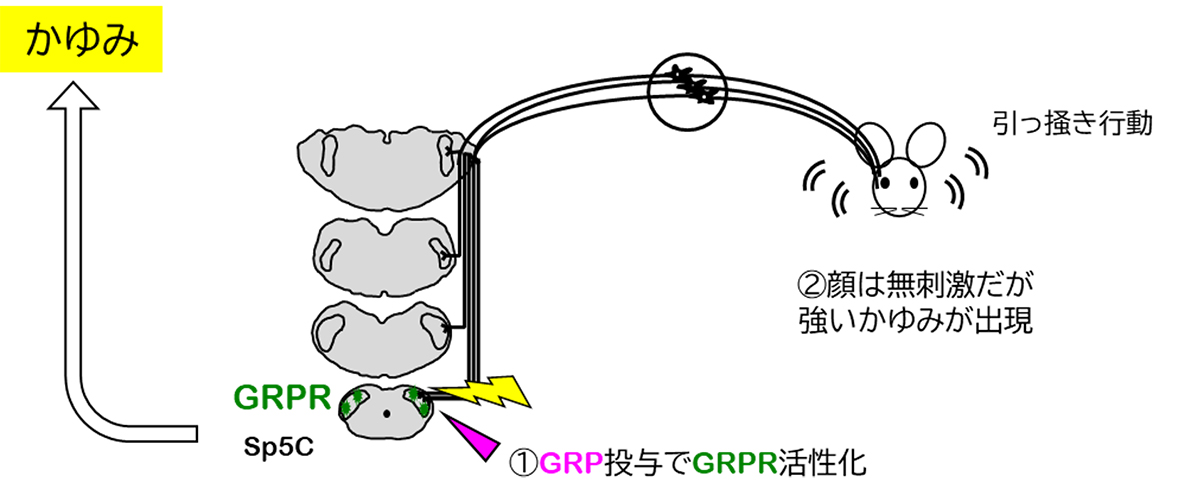2023-12-15 ノースウェスタン大学
◆新しい研究では、患者の血管内で微細な「ひらめき」を測定することで、異常な大動脈の成長を予測しました。この「ひらめき不安定性パラメータ(FIP)」は、初回測定から平均3年後に未来の大動脈瘤を98%の正確さで予測しました。
◆この予測指標に基づいて、医師は高リスクの患者に薬物治療を処方し、危険な大きさになるのを防ぐ可能性があります。大動脈瘤の早期発見は重要であり、この新しい指標は致命的な破裂を防ぐための道を開く可能性があります。
<関連情報>
- https://news.northwestern.edu/stories/2023/12/unstable-fluttering-predicts-aortic-aneurysm/
- https://www.nature.com/articles/s41551-023-01130-1
胸部大動脈瘤の進行の物理マーカーとしての血液壁のフラッター不安定性 Blood–wall fluttering instability as a physiomarker of the progression of thoracic aortic aneurysms
Tom Y. Zhao,Ethan M. I. Johnson,Guy Elisha,Sourav Halder,Ben C. Smith,Bradley D. Allen,Michael Markl & Neelesh A. Patankar
Nature Biomedical Engineering Published:11 December 2023
DOI:https://doi.org/10.1038/s41551-023-01130-1

Abstract
The diagnosis of aneurysms is informed by empirically tracking their size and growth rate. Here, by analysing the growth of aortic aneurysms from first principles via linear stability analysis of flow through an elastic blood vessel, we show that abnormal aortic dilatation is associated with a transition from stable flow to unstable aortic fluttering. This transition to instability can be described by the critical threshold for a dimensionless number that depends on blood pressure, the size of the aorta, and the shear stress and stiffness of the aortic wall. By analysing data from four-dimensional flow magnetic resonance imaging for 117 patients who had undergone cardiothoracic imaging and for 100 healthy volunteers, we show that the dimensionless number is a physiomarker for the growth of thoracic ascending aortic aneurysms and that it can be used to accurately discriminate abnormal versus natural growth. Further characterization of the transition to blood–wall fluttering instability may aid the understanding of the mechanisms underlying aneurysm progression in patients.


